A New Paris Exhibition Captures the Ecstasy and Exuberance of Lucio Fontana’s Ceramic Sculptures. See Images Here
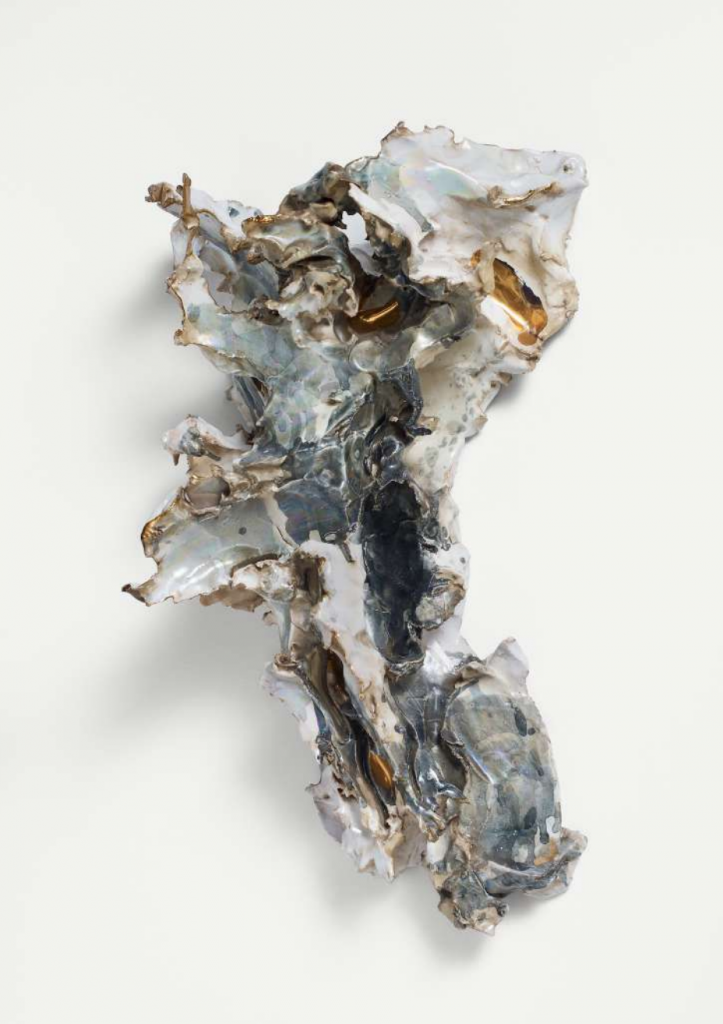

Artnet Gallery Network

“I am a sculptor, not a ceramicist,” Lucio Fontana declared (more than once) in his writings.
Though the Argentine-Italian founder of Spatialism is most famous for his provocatively punctured and slashed canvases—and despite what his own comments might lead us to think—ceramics were a continuous expressive outlet for the artist throughout his singular artistic journey to “conquer space.”
Now, a new exhibition at Galerie Karsten Greve in Paris argues that his ceramic sculptures were perhaps his most experimental works. An ecstatic, sometimes feverish sensibility courses throughout the exhibition of 28 ceramic artworks made between 1936 and the end of the 1950s.
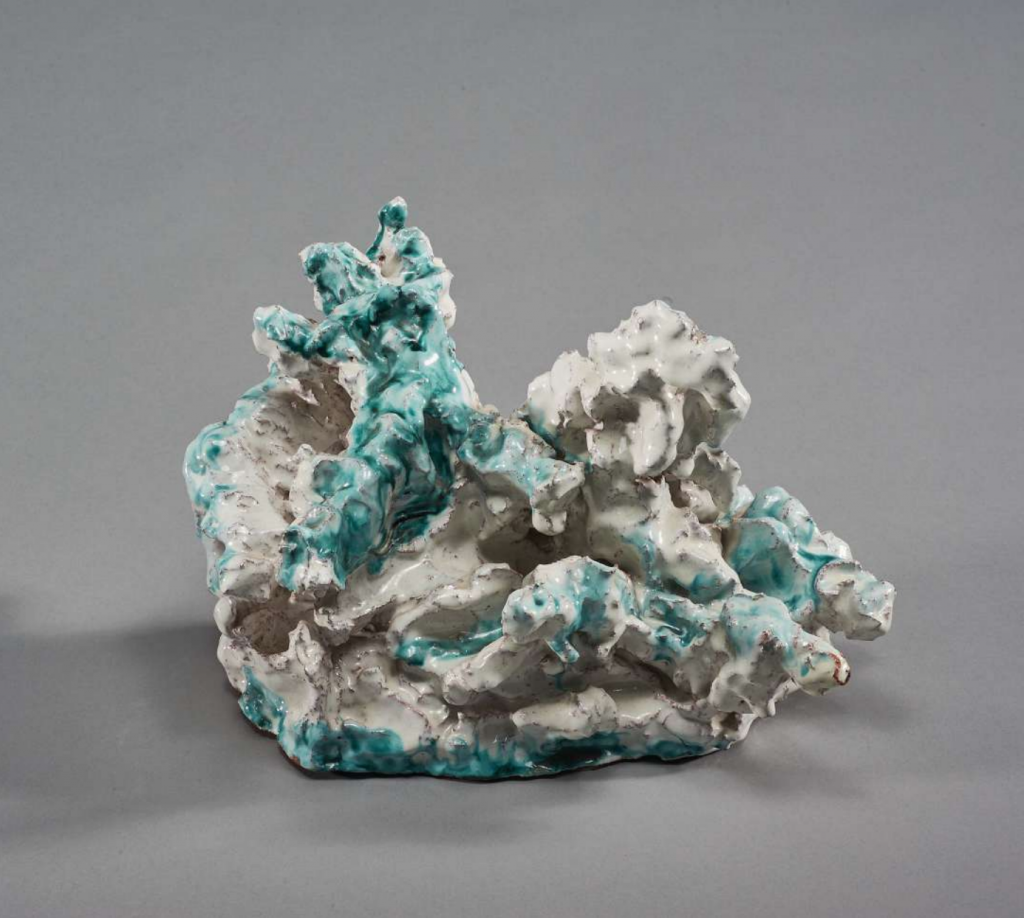
Lucio Fontana, Battaglia (1947). Courtesy of Galerie Karsten Greve.
The gallery, at first glance, appears rather bare. The small-scale sculptures don’t make bold proclamations; instead, the works manage to beguile up close. One could say that these sculptures, often covered in shiny, almost sugary glazes, have a nearly devotional quality—and perhaps it’s no surprise that these works sometimes depict or expand upon religious subjects, from crucifixion scenes to renderings of the Madonna and child.
Other times, Fontana depicts battle scenes or figures from the Commedia dell’arte. The show also includes his so-called “Animalia” ceramics, made in exuberant shapes inspired by marine life and various flora and fauna.
Such imagery consciously references antiquity: Fontana, inspired by Futurism, hoped to fuse the imagery of the past with the dynamic forms of modernity. The natural and dexterous material of clay was the ideal medium for the artist.
Later works, such as Fontana’s Concetti spaziali, are more ambiguously suggestive of a modernist conceit, with slash marks and holes seemingly more aligned with his punctured canvas works. But even here, the effect is richly textural, spontaneous, and—simply put—fun.
See more images from “Lucio Fontana: Ceramics” below.
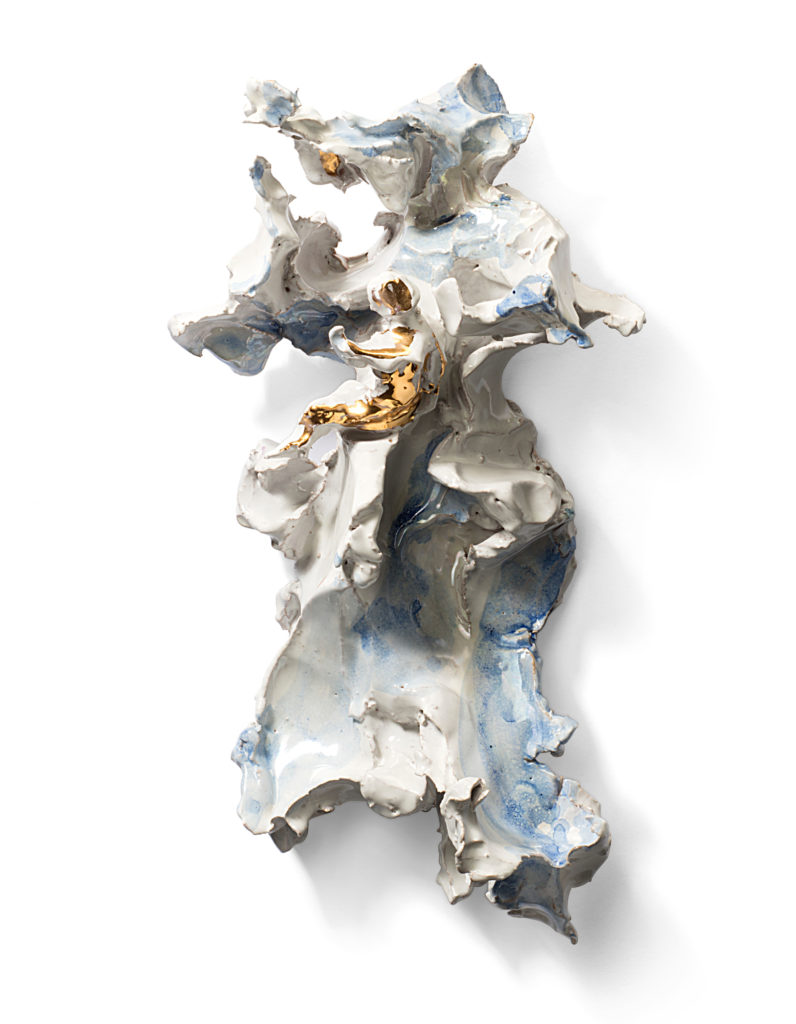
Lucio Fontana, Madonna con Bambino (1950-53). Courtesy of Galerie Karsten Greve.
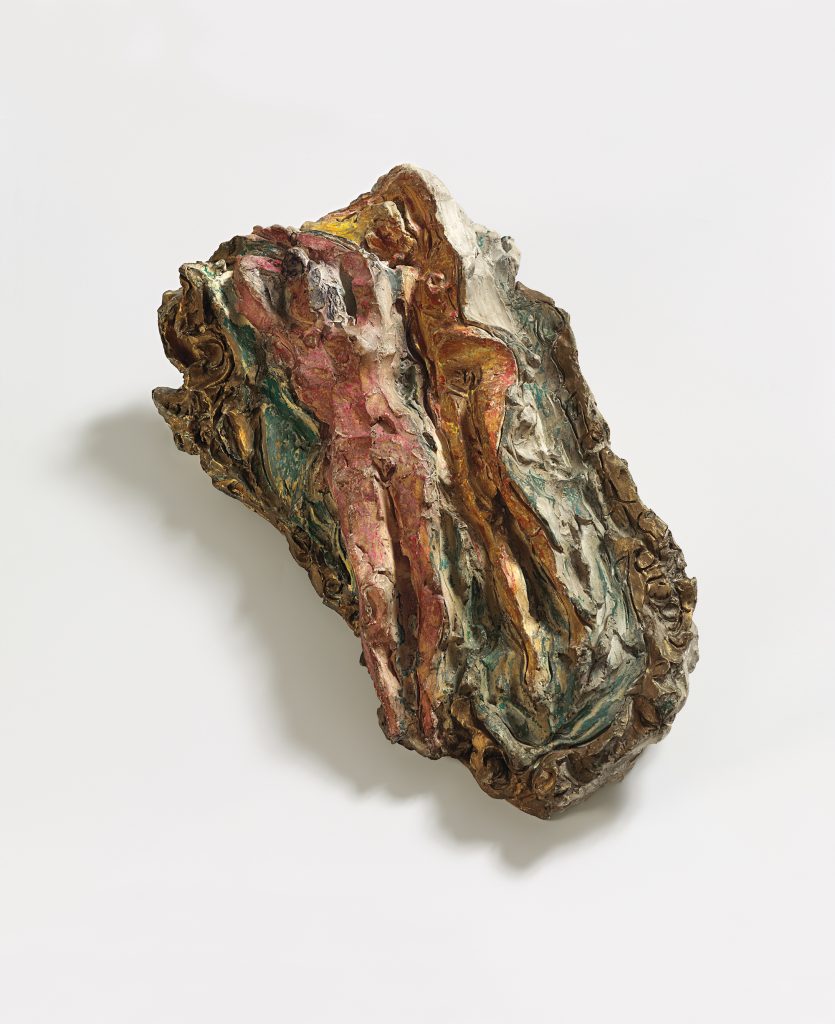
Lucio Fontana, Figure distese (1939). Courtesy Galerie Karsten Greve.
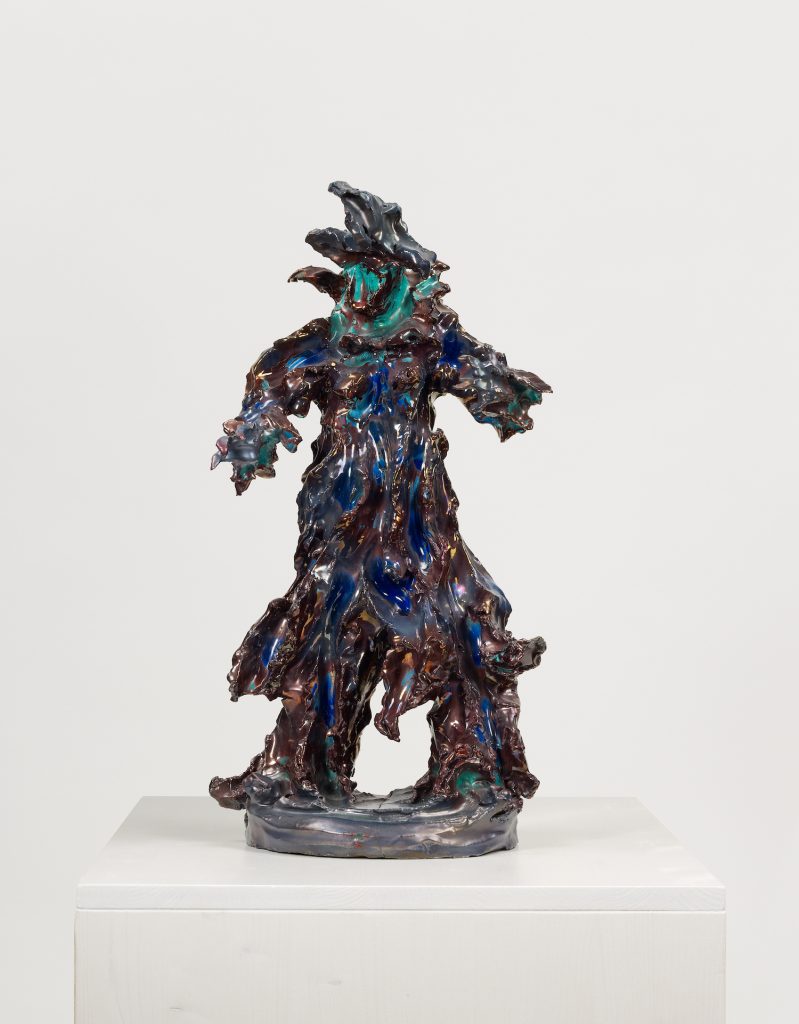
Lucio Fontana, Colombina (1948). Courtesy Galerie Karsten Greve.
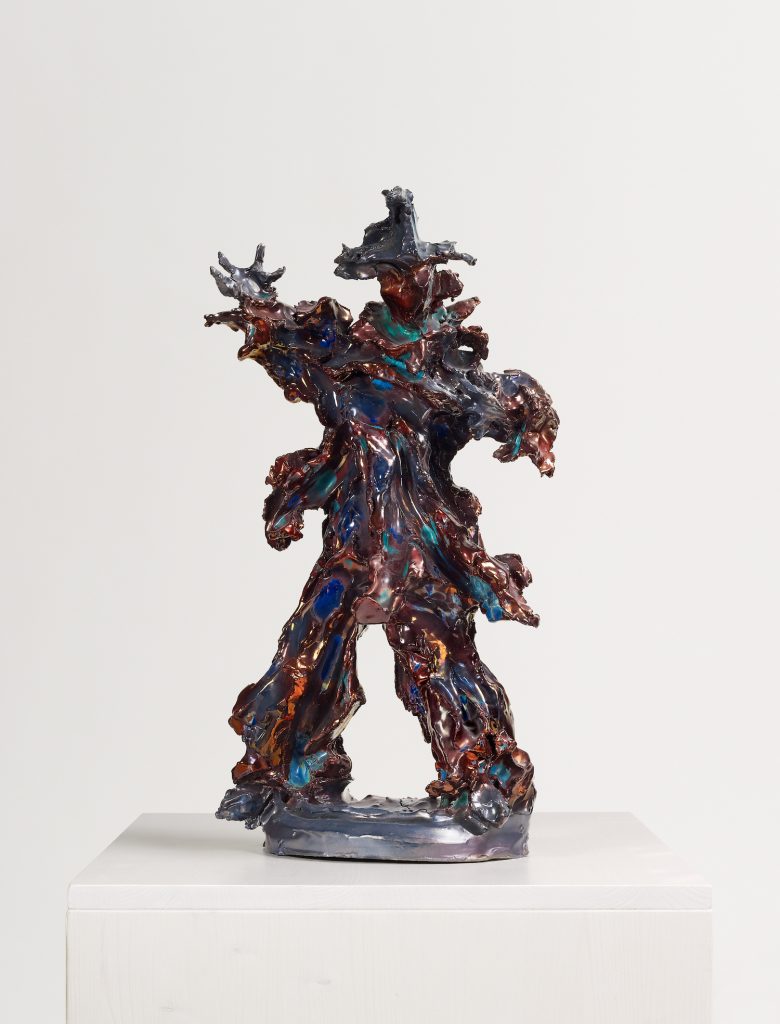
Lucio Fontana, Arlecchino (1948). Courtesy Galerie Karsten Greve.
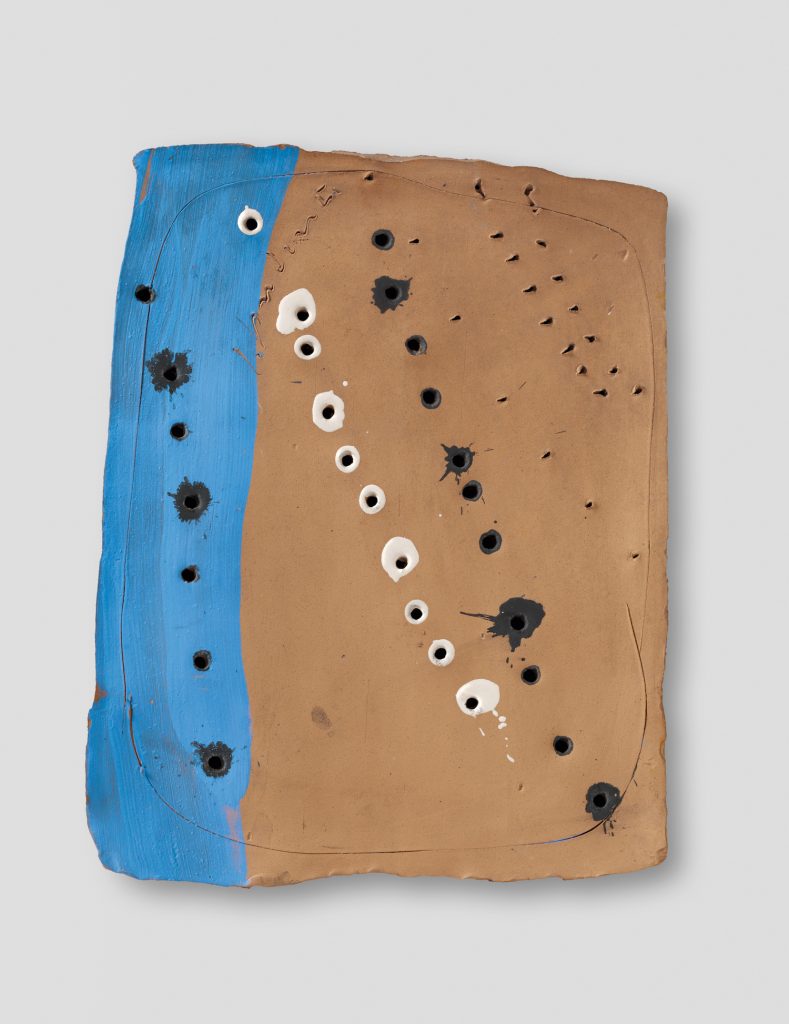
Lucio Fontana, Concetto Spaziale (1954). Courtesy Galerie Karsten Greve.
“Lucio Fontana: Ceramics” is on view at Galerie Karsten Greve through November 7, 2020.